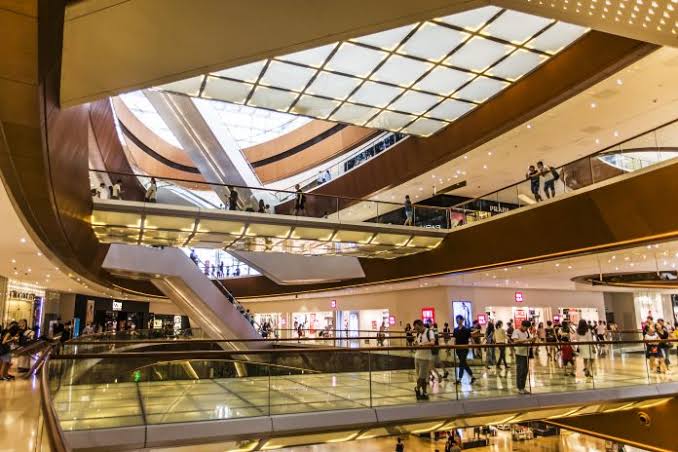SÃO PAULO, BRAZIL – The year 2020 should follow the same sale growth pace in São Paulo retail, with sales expected to be six percent higher than the R$741.4 (US$185) billion estimated by the Federation of Commerce of Goods, Services and Tourism of the State of São Paulo (FecomercioSP) for 2019.

The organization’s calculation is based on the industry’s improved performance, expected progress in the neoliberal agenda of Jair Bolsonaro’s government, headed by Minister Paulo Guedes, who intends to reduce public spending through concessions and privatizations of state-owned companies and the heating up of consumption, linked to factors that positively impact income – such as the slight decrease in unemployment rates and the drop in the default rate.
Should the Federation’s estimate be confirmed, the industry’s profit will increase by R$42 billion and exceed the current turnover of R$783.4 billion.
Sectoral Progress
In the expanded retail sector, the Conjunctural Survey of Retail Commerce (PCCV) points to a growth of more than ten percent over the past year in the segments of furniture and decoration stores (12 percent), pharmacies and perfumeries (11 percent) and building materials (11 percent).
Supermarkets, the sector with the highest share in total retail sales estimates (32.5 percent), should close 2020 with revenues of R$254.3 billion – four percent higher than projected for 2019, according to the organization.
Despite the positive numbers, FecomercioSP points out that businessmen should be vigilant of external factors, including the US presidential elections and the trade war between Americans and Chinese – which may influence the price of products imported from those countries.
Source: Infomoney

